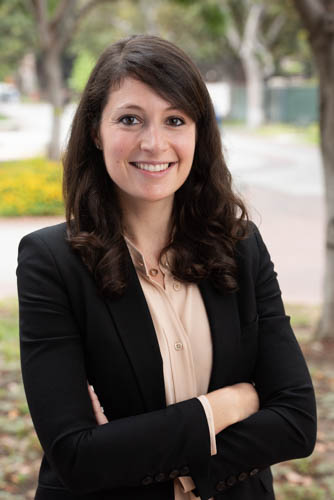
What is the right governance framework for a public company? This question sits at the core of decades of empirical and theoretical research, and yet we still lack consensus about its basic principles. Instead, there are different camps: Agency-cost essentialists support governance structures that maximize accountability to the company's shareholders, while proponents of board-centered models, as well as stakeholder governance advocates, prefer arrangements that insulate management from shareholder influence. Still others contend that there is no one-size-fits-all governance arrangement.
Despite this range of views, agency-cost essentialists have mostly won the day: In both academic and professional circles, "good governance" is generally defined as the extent to which a company aligns management with shareholder interests. In addition, many companies have adopted governance structures that increase management's alignment with shareholders and enhance shareholder power, including majority voting for director elections, shareholder proxy access, and unified boards.
In a piece published by The Yale Law Review (131 Yale L.J.F. 854 (2022)), and written in response to an article entitled "The Corporate Governance Gap" by law professors Kobi Kastiel and Yaron Nili, Dorothy Lund (pictured), also a law professor, considers whether the "corporate governance gap" between large and small public companies is the product of harmful or beneficial forces, and in so doing, rejects the idea that there is a single governance framework that is optimal for all public companies.
Lund is an assistant professor of law at the University of Southern California's Gould School of Law. To read her article, click here.
Kastiel is an associate professor of law at Tel Aviv University and a senior research fellow and lecturer at Harvard Law School; Nili is an associate professor of law at the University of Wisconsin Law School. To read their article, click here.
